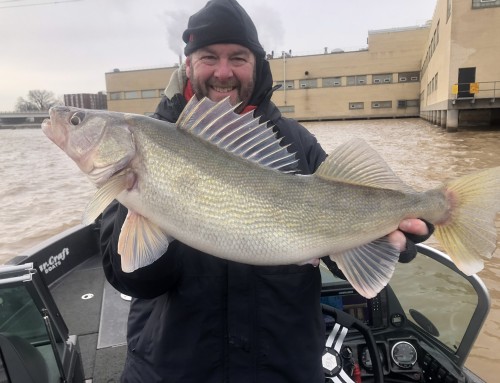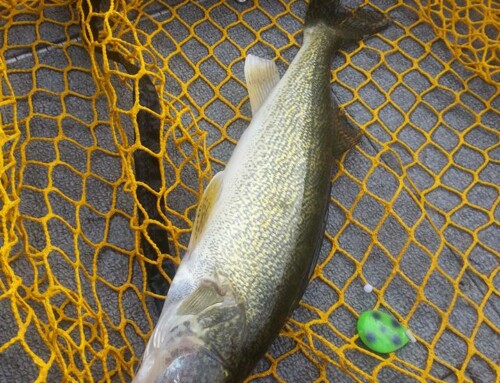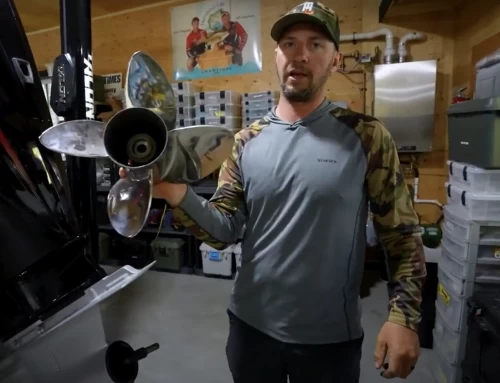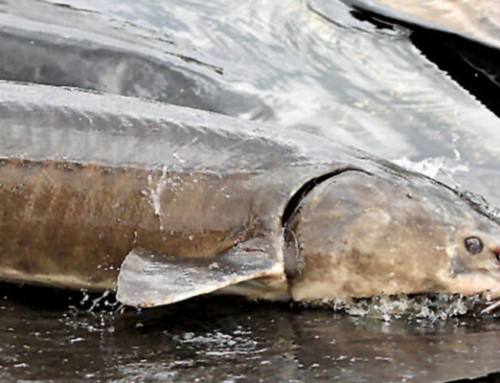The Winnebago System has historically been home to a low density population of muskellunge. Some limited muskellunge stocking occurred during the 1970s, but the largest effort to bolster the population occurred during 2002-2007 when 613,248 Great Lakes spotted strain muskellunge were stocked throughout the system (589,643 fry; 1,162 small fingerlings; 22,397 large fingerlings; 40 yearlings; and 6 adults). The primary goal of these stockings was to reintroduce Great Lakes strain of muskellunge to the Winnebago System and potentially establish a naturally reproducing population. However, the Great Lakes strain muskellunge stocking ceased on the Winnebago System in 2007 due to detection of viral hemorrhagic septicemia (VHS) fish virus in the Winnebago System and Bay of Green Bay. There is currently not an approved protocol in place for disinfecting cool water fish eggs from VHS positive waters. Therefore, eggs taken from Green Bay fish can no longer be reared at state hatcheries, resulting in fewer fish available for stocking since 2007. In recent years, three brood lakes have been established for Great Lakes strain muskellunge that could serve as a potential source for future stocking, but fish in those lakes still need time to reach sexual maturity.
During the summer of 2015 the Upriver Lakes were stocked with 628 yearling Great Lake spotted muskellunge that became available from Wild Rose. Fish were dispersed between the upper Fox River (219), Lake Poygan (255), and Lake Butte des Morts (154). All fish stocked in the upper Fox River and Lake Poygan were PIT tagged and received right ventral fin clips, while fish stocked in Lake Butte des Morts received right ventral fin clips only. Similar to 2015, yearling stocking continued in 2016 with 312 fish stocked in Lake Poygan and 106 stocked in the upper Fox River in Omro. All fish stocked in 2016 received right ventral fin clips and the majority were also PIT tagged.
With the help of local fishing and conservation clubs including the Winnebagoland Musky Club, Dave’s Musky Club, Winnebagoland Conservation Alliance, and the Lake Poygan Sportsman’s Club 15 V13 acoustic tags were purchased and surgically implanted in yearling muskellunge during the 2016 stocking. There are currently 29 acoustic receivers located throughout the Winnebago System that are programmed to pick up the signal from acoustic tagged fish that swim by the receiver. Because each tag has a unique signal, individual fish can be tracked as they move by receivers throughout the system. The acoustic receiver network has been integral for tracking sturgeon movement patterns on the system and has also been used for an acoustic walleye and flathead catfish tagging study, but 2016 was the first time that muskellunge have been tagged on the system. Although the acoustic receiver network doesn’t allow for active tracking of fish, it does allow for movement to be tracked among the Upriver Lakes and throughout the upper Fox and Wolf Rivers. Receivers located in the Fox River in Oshkosh also allow for fish to be detected when moving into and out of Lake Winnebago.
Conducting this acoustic tag study will allow for juvenile muskellunge movement to be evaluated and should provide information about general habitat use, in particular movement among lakes and rivers. The battery life of these tags is 5 years and will hopefully encompass 1-
2 years of adult spawning runs which would provide data about spawning habitat use, particularly in the upper Fox and Wolf Rivers. If patterns can be identified, this study will provide valuable information about juvenile movement and habitat use, the timing of adult spawning events, and may reveal areas to target during future habitat improvement projects as well as fyke netting surveys. Nonetheless, the study will provide valuable information about movement and habitat use throughout the system that is currently unknown which would help guide future muskellunge management on the system.
The DNR is grateful for the club support that allowed for this 2016 pilot tagging study to be conducted. If club support for the study remains strong and additional club funding becomes available, the DNR will evaluate adding additional fish to the study in the summer of 2017. I would like to thank Steve Fajfer, Janice Kerns, Whitney Thiel, Evan Jones, the Wild Rose Hatchery and Oshkosh Fisheries Staff for making this project a success. Lastly, the project could not have been completed without the support from the Winnebagoland Musky Club, Dave’s Musky Club, Winnebagoland Conservation Alliance, and Lake Poygan Sportsman’s Club.
The images above illustrate the surgery process. AQUI-S was used as an anesthetic and surgery was conducted on a foam pad to reduce stress to the fish. A small incision was made on the ventral side of the fish (left), the tag was then implanted (middle), and two sutures were used to close the incision (right). Fish were then placed back into water for recovery and held at the Wild Rose Fish Hatchery for 48 hours for observation before 5 fish were each stocked at Lake Poygan in Boom Bay, Lake Butte des Morts in Sunset Bay, and the upper Fox River in Omro.
Adam Nickel – WDNR Winnebago System Gamefish Biologist
Winnebago_System_Yearling_Muskellunge_Acoustic_Tag_Study_2016





